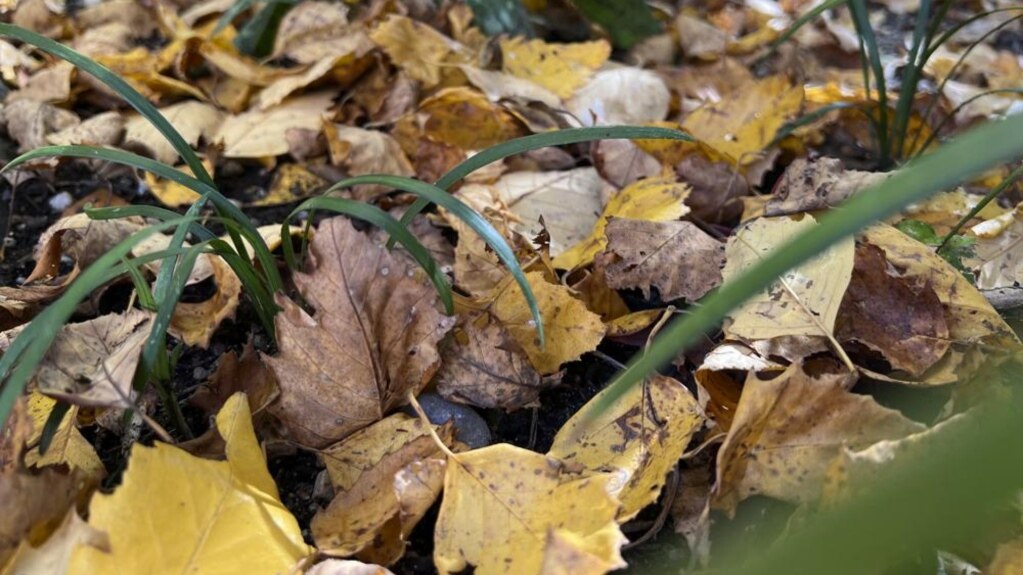Autumn is a good time to plan for new flowers, groundcovers, or plants for next year’s growing season.
The path to success starts with a good base. It is easier to improve soil before plants are in place, so the time to do so is now.
First, remove unwanted plants from the area.
Next, test to see how acidic or basic the soil is, also called a pH test. In some countries, the tests are reasonably priced and easy to find. Some universities in the United States have agricultural offices offering low-cost testing services to home gardeners.
Each kind of plant will do best in specific pH levels. If the reading is outside the target levels for a plant, it will not be able to take in nutrients to its best abilities, whether from soil or fertilizer. So, learn their pH requirements, and prepare the soil if necessary for the plants.
Agriculture limestone will raise pH, and products like aluminum sulfate or sulfur will lower it.
Leftover fallen autumn leaves are also good for gardens. Keep some of them on garden beds and borders. If possible, break them into small pieces. Then spread 7 to 10 centimeters of compost, or food and vegetable waste, over the leaves - or directly on the soil if there are no leaves. The compost will feed helpful bacteria and other organisms, releasing high-quality nutrients into the ground to feed the plants.
While some might say to mix amendments, like compost and leaves, into the soil, do not do so. Doing so could damage soil structure, break up roots from important organisms like fungi, kill helpful insects like earthworms, and bring unwanted plant seeds to the surface.
Remember, the richest soil is found on the forest floor, and nobody has been digging that up. However, correcting a water flow problem would be a good reason to dig through the soil. But in most cases, it is best to follow nature and place amendments directly on the earth. They will work their way down over the next few months.
Place 5 to 8 centimeters of small pieces of wood, or mulch, over the compost to keep unwanted plants from growing and moderate soil temperature and wetness over the winter.
If plants are already growing in the bed, delay adding mulch until after a hard frost, and keep both compost and mulch a few centimeters from where plants are growing from the ground. A hard frost is when air temperatures have reached below negative two degrees Celsius for at least four hours.
By spring, the gains of the amendments will be available at root level, and the soil will have softened for easier planting. Push the mulch away and place your plants.
The new garden will do well with the rich, organic environment that has been created. And the garden will show this hard work with strong growth, beautiful flowers, and productive vegetables. And they will be healthier and better to withstand unwanted organisms and diseases.
I’m Gregory Stachel.
Jessica Damiano reported this story for The Associated Press. Gregory Stachel adapted it for VOA Learning English.
________________________________________________________________________
pH – n. a number between 0 and 14 that indicates if a chemical is an acid or a base
garden – n. an area of ground where plants (such as flowers or vegetables) are grown
specific – adj. special or particular
_______________________________________________________________________
What do you think of gardening?
We want to hear from you. We have a new comment system. Here is how it works:
Each time you return to comment on the Learning English site, you can use your account and see your comments and replies to them. Our comment policy is here.

